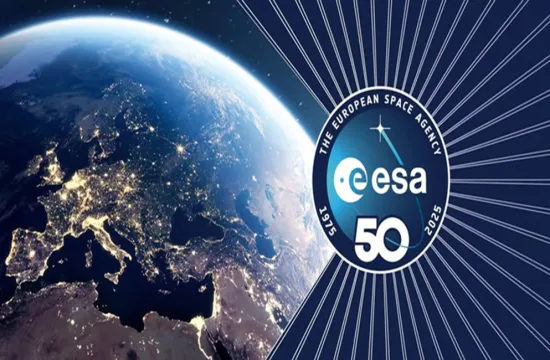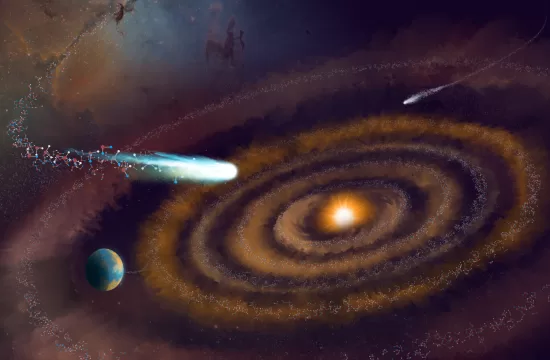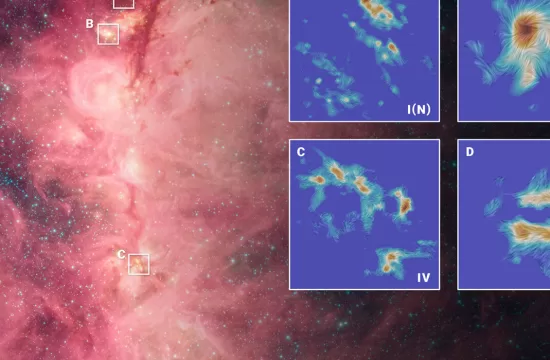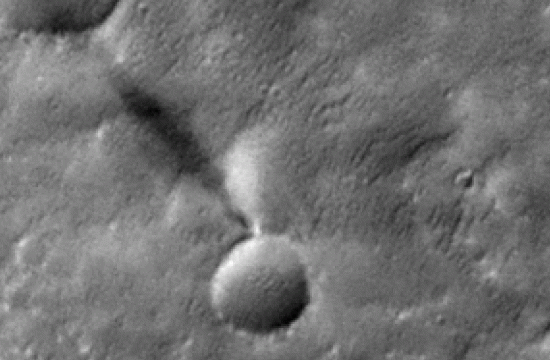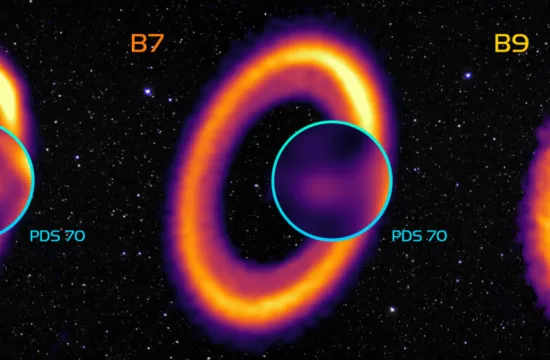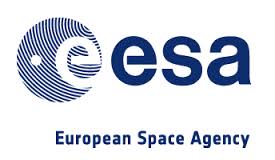 Paris– ESA’s Intermediate eXperimental Vehicle is ready for its launch and reentry mission on 11 February. The launch is scheduled for13:00 GMT (14:00 CET) atop a Vega rocket from Europe’s Spaceport in French Guiana. Media representatives are invited to follow the launch online or attend events in Italy, Germany or Spain.
Paris– ESA’s Intermediate eXperimental Vehicle is ready for its launch and reentry mission on 11 February. The launch is scheduled for13:00 GMT (14:00 CET) atop a Vega rocket from Europe’s Spaceport in French Guiana. Media representatives are invited to follow the launch online or attend events in Italy, Germany or Spain.
This IXV mission will test cutting-edge system and technology aspects to provide Europe with an independent reentry capability, and a building block for reusable space transportation systems. It will validate designs for lifting-bodies, incorporating both the simplicity of capsules and the performance of winged vehicles, with high controllability and manoeuvrability for precision landing.
ESA has developed the capabilities to deliver spacecraft into orbit, dock automatically with cooperative or non-cooperative targets, and even land on celestial objects far away in our Solar System. Mastering autonomous return from orbit and soft landing will open a new chapter for ESA. Such a capability is a cornerstone for reusable launcher stages, sample return from other planets and crew return from space, as well as future Earth observation, microgravity research, satellite servicing and disposal missions.
The initial results from the flight are expected to be released around six weeks later.
The results will feed the Programme for Reusable In-Orbit Demonstrator for Europe, or Pride, which is being studied under funding decided at ESA’s last two Ministerial Councils. The reusable Pride spaceplane would be launched on Europe’s Vega light rocket, orbit and land automatically on a runway.
Launch and reentry
After separating from Vega 320 km above Earth, the five-metre-long, two-tonne vehicle will climb to a height of around 450 km and then descend for reentry, recording a vast amount of data from a large number of conventional and advanced sensors.
After manoeuvring to decelerate from hypersonic to supersonic speeds, IXV will deploy a multistage parachute to slow the descent further. Flotation balloons will keep it afloat after splashdown in the Pacific Ocean, where it will be recovered by a ship for detailed analysis.
The entire flight will last about 100 minutes.
A continental effort
The prime contractor is Thales Alenia Space Italia, supported by about 40 other European companies. The mission will be controlled from the Advanced Logistics Technology Engineering Centre (ALTEC) in Turin, Italy.


